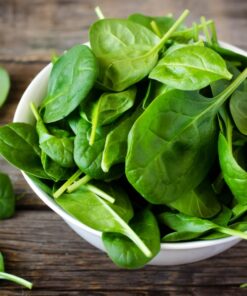-
×
Morning glory Heavenly Blue vine Seeds 15-20 seeds Imported
1 × ₹80.00 -
×
 Gerbera Jamesonii California Giants mixed Color pack of 10 seeds Imported
1 × ₹150.00
Gerbera Jamesonii California Giants mixed Color pack of 10 seeds Imported
1 × ₹150.00 -
×
 Football lily Bulb pack of 3 bulbs
1 × ₹120.00
Football lily Bulb pack of 3 bulbs
1 × ₹120.00 -
×
 Rain Lily Yellow Bulbs flower bulbs pack of 10 Yellow color
1 × ₹99.00
Rain Lily Yellow Bulbs flower bulbs pack of 10 Yellow color
1 × ₹99.00 -
×
 Gaillardia Seeds Aristata Mix Flower Seeds 40+seeds Open Pollinated
1 × ₹50.00
Gaillardia Seeds Aristata Mix Flower Seeds 40+seeds Open Pollinated
1 × ₹50.00
Subtotal: ₹499.00

 Morning glory Heavenly Blue vine Seeds 15-20 seeds Imported
Morning glory Heavenly Blue vine Seeds 15-20 seeds Imported  Gerbera Jamesonii California Giants mixed Color pack of 10 seeds Imported
Gerbera Jamesonii California Giants mixed Color pack of 10 seeds Imported  Football lily Bulb pack of 3 bulbs
Football lily Bulb pack of 3 bulbs  Rain Lily Yellow Bulbs flower bulbs pack of 10 Yellow color
Rain Lily Yellow Bulbs flower bulbs pack of 10 Yellow color  Gaillardia Seeds Aristata Mix Flower Seeds 40+seeds Open Pollinated
Gaillardia Seeds Aristata Mix Flower Seeds 40+seeds Open Pollinated 










Reviews
There are no reviews yet.